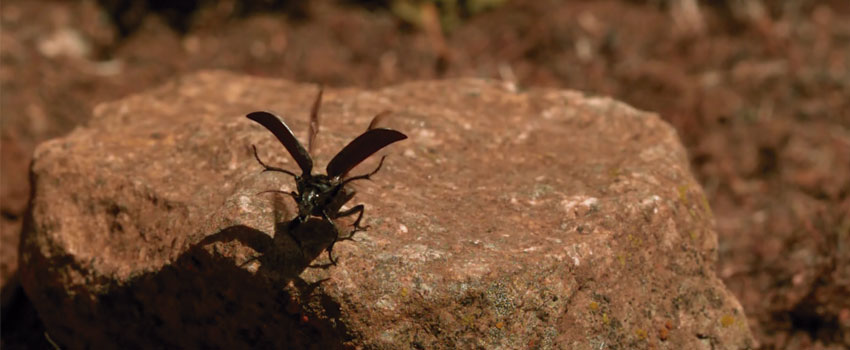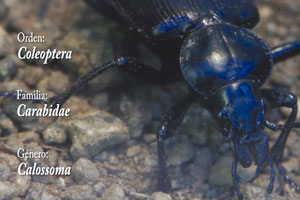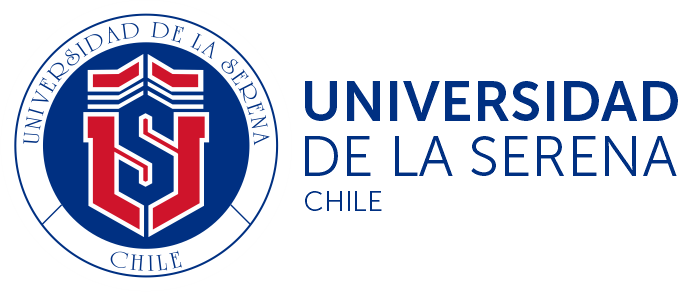- News
Academic advises microdocumentaries on the insects of our country

The ULS researcher, Jaime Pizarro-Araya, was in charge of the entomological foundation of the shorts that will be shown on UCV Television and the Senate Channel.
A series of microdocumentaries about the most representative and spectacular insects of our country's wildlife were recently presented at the Centenario Cinema in La Serena. This is the nature documentary series “Little Creatures of Chile”, made by Fauna Film Producciones, with contributions from the National Television Council CNTV 2012 Fund, and the scientific advice of the academic and researcher of the Department of Biology of the University of La Serena , Jaime Pizarro-Araya (Ecological Entomology Laboratory).
The production, directed by Juan Campusano, will be shown on UCV Television and the Senate Channel, seeking to give value to the importance of insects as beings belonging to an ecosystem that needs them to maintain its balance, and not with the vision that is generally occurs in these species.
 As the ULS academic, who was in charge of the scientific-entomological foundation of each of the 60 shorts, commented, they address topics such as taxonomy, biology, adaptations and predator-prey relationships, among others, and that “the interesting thing What's more, they have an emphasis on the northern area, and are engraved with stop motion, which allows us to see insects from another point of view”, even for specialists.
As the ULS academic, who was in charge of the scientific-entomological foundation of each of the 60 shorts, commented, they address topics such as taxonomy, biology, adaptations and predator-prey relationships, among others, and that “the interesting thing What's more, they have an emphasis on the northern area, and are engraved with stop motion, which allows us to see insects from another point of view”, even for specialists.
In the chapters of “Little Creatures of Chile”, focused on insects from northern Chile, you will be able to learn more about the chinchimolle, the lobsters, the golden bream, the butterflies of the semi-arid north, the praying mantis, the Ectigonia, the diptera, the cicadas, scarab beetles, aquatic beetles, caterpillars and, of course, tenebrionids (a family of beetles representative of arid and semi-arid environments), commonly known as vaquitas.
Some short films are also included in relation to introduced species, such as wasps and beetles, which provide biological, distributional and background data on the impact that these insects are making on the fragile ecosystems of our country.
For Jaime Pizarro-Araya, this is “an invitation to pay attention to the small creatures of Chile.”
